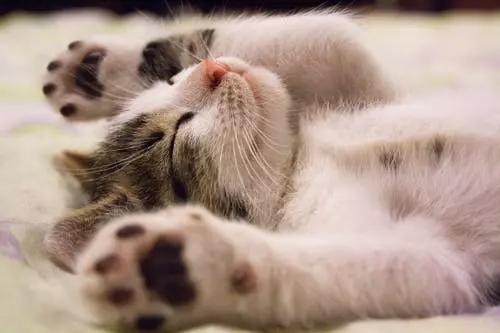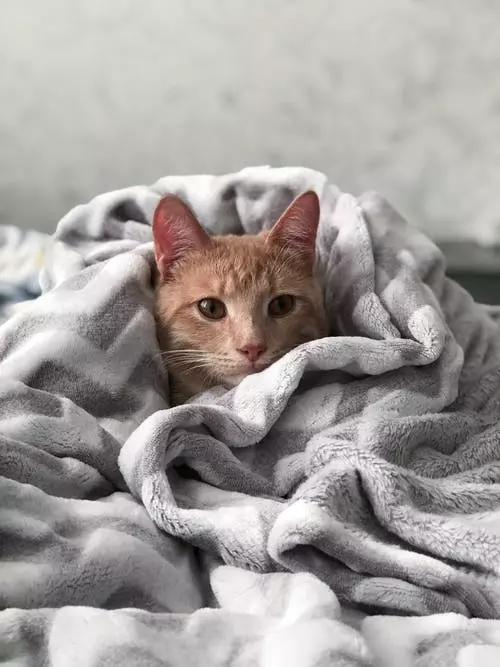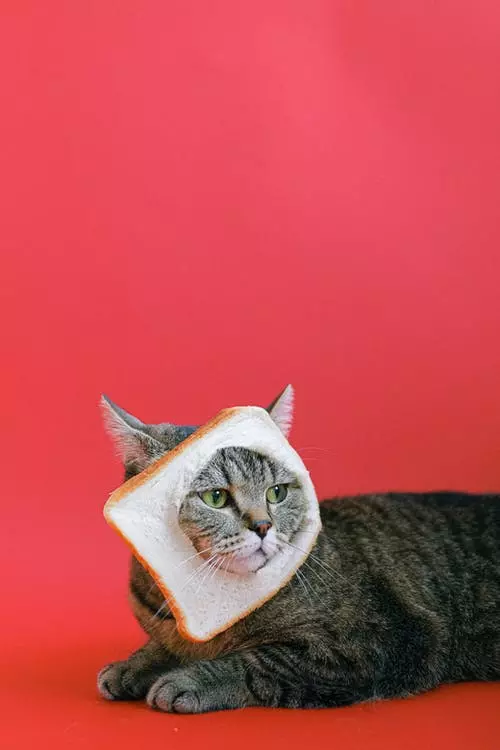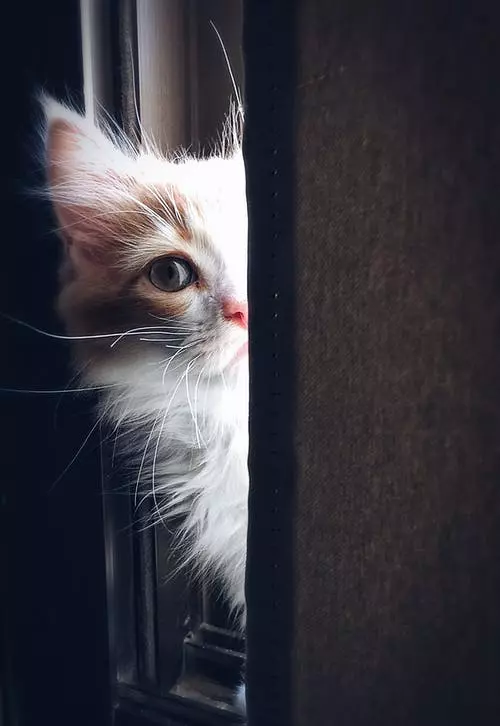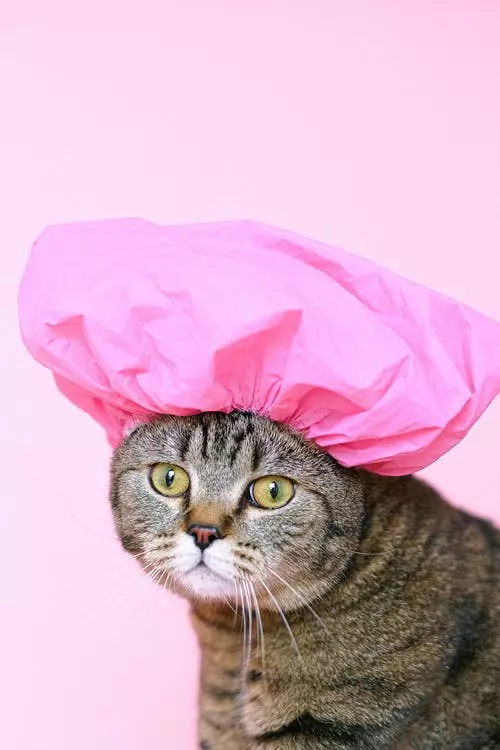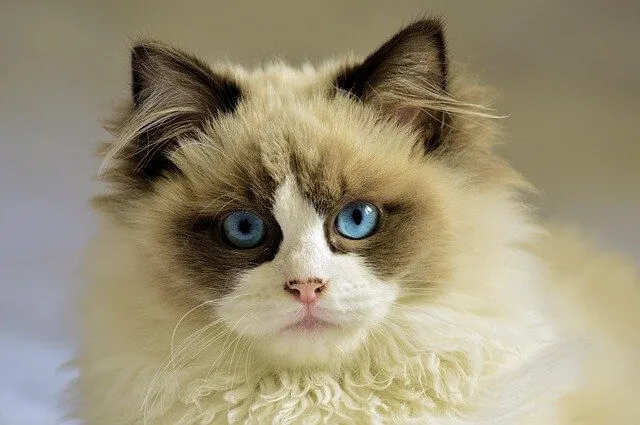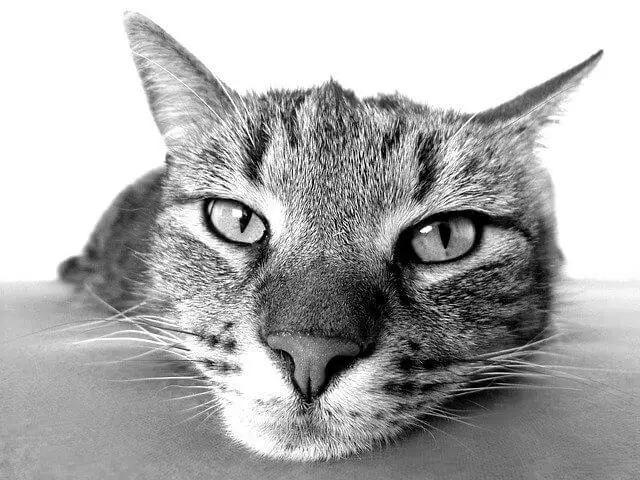Chewing is a natural behavior observed in various animals, including cats. While it may seem like a simple act, there is actually a fascinating science behind chewing. In this article, we will delve into the benefits and mechanisms of chewing for cats, shedding light on why this behavior is essential for their overall well-being.
1. Dental Health:
Chewing helps to maintain good dental health in cats. By chewing on appropriate objects, such as chew toys or dental treats, cats can reduce plaque and tartar buildup on their teeth. The act of chewing also strengthens their jaw muscles, promoting overall dental health. Additionally, chewing helps to prevent dental diseases, such as gum disease or tooth decay, by keeping the teeth clean and healthy.
2. Mental Stimulation:
Chewing provides mental stimulation for cats, helping to relieve stress and anxiety. It serves as an outlet for their natural instincts, such as hunting and foraging, which can be particularly beneficial for indoor cats. Chewing also promotes cognitive development, as cats have to use their brains to manipulate and chew on objects.
3. Nutritional Intake:
Chewing plays a crucial role in enhancing digestion and nutrient absorption in cats. When cats chew their food, it aids in the breakdown of food particles, making it easier for their digestive system to extract nutrients. Chewing also supports a balanced diet by promoting slower eating, which can help prevent issues like obesity or digestive problems.
Mechanisms of Chewing:
1. Jaw Structure and Function:
A cat’s jaw is designed for chewing. The anatomy of a cat’s jaw allows for efficient movement and coordination during chewing. Various muscles, including the masseter and temporalis muscles, are involved in the chewing process, enabling the cat to chew effectively.
2. Dental Adaptations:
Cats have different types of teeth that serve specific roles in chewing. They have sharp incisors for tearing meat, pointed canines for gripping and tearing, and premolars and molars for grinding food. Additionally, cats have specialized dental features, such as sharp cusps and ridges, that aid in tearing and grinding food. Maintaining proper dental care is essential for optimal chewing function.
3. Chewing Mechanics:
Chewing in cats involves specific patterns and cycles. Cats typically use a side-to-side grinding motion while chewing. Proper chewing technique ensures that food is thoroughly broken down before swallowing, allowing for better digestion. Cats also manipulate food during chewing by using their tongues and cheeks to position and guide the food in their mouths.
Frequently Asked Questions (FAQs):
1. Why do cats chew on non-food items, such as plastics or cords?
Cats may chew on non-food items due to an instinctual need for chewing. It can also be a result of boredom, anxiety, or dental issues. To redirect their chewing habits, provide appropriate chew toys and ensure their environment is enriched with stimulating activities.
2. Is it normal for my cat to swallow their food without chewing?
While it is not uncommon for cats to swallow their food without chewing, it is generally ideal for them to chew their food to aid digestion. Inadequate chewing can lead to gastrointestinal issues. Encourage proper chewing habits by offering appropriately sized and textured food.
3. How can I provide appropriate chewing options for my cat?
Select chew toys that are safe and suitable for cats, keeping in mind their size, texture, and durability. Avoid small toys that can be easily swallowed or cause choking hazards. Supervise chewing activities to ensure safety.
4. My cat has dental issues and struggles with chewing. What should I do?
If your cat has dental issues and struggles with chewing, it is important to seek veterinary assistance. A dental examination can identify any underlying problems. Your veterinarian may recommend dental care routines, such as regular teeth brushing or dental treatments, and modifications to the diet if necessary.
Conclusion:
Chewing is a natural behavior for cats that offers numerous benefits for their overall health and well-being. From maintaining dental health to providing mental stimulation and aiding proper digestion, chewing plays a crucial role in a cat’s life. By understanding the mechanisms behind chewing and addressing any concerns or issues, we can ensure that our feline companions lead happy and healthy lives.


